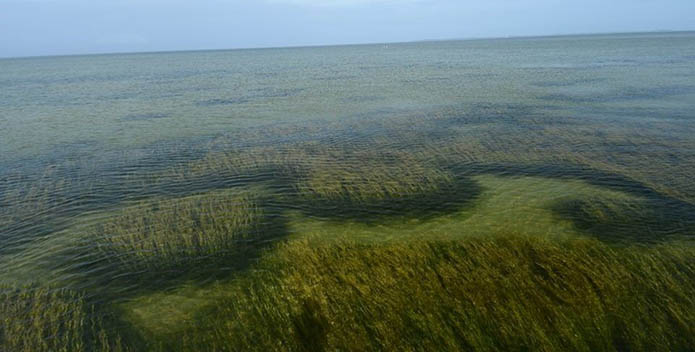"Why the Chesapeake Bay is the best in the world." That's the headline emblazoned atop an editorial this week in the Washington Post.
Best what, you ask? Best blue crabs? Best sunsets? Best kayaking? You can certainly argue yes, all of the above, but the Post was actually addressing the Bay cleanup effort.
As the Post recounts, not long ago, the Bay seemed impaired beyond saving. Water clarity was abysmal, critters were dying, and water quality was so poor oxygen-deprived dead zones flourished. After decades of failed cleanup efforts, the Bay and its rivers and streams remained dirty. But in 2010, the Chesapeake Clean Water Blueprint flipped the script.
The Blueprint set enforceable pollution limits for nitrogen, phosphorus, and sediment pollution from each state in the Bay's watershed, with incremental pollution-reduction goals. And less than a decade later, the Blueprint is bearing fruit. Underwater grasses are booming. Populations of critical species like the blue crab and oyster are rebounding. And toxic dead zones are shrinking.
Essential to this success is the Environmental Protection Agency's Chesapeake Bay Program, which coordinates the cleanup effort between the states. The Bay Program is the glue holding the Blueprint together. Which is why we were appalled when President Trump zeroed out funding for the Bay Program in his budget.
While the health of the Bay and its rivers and streams is improving, it still is a system dangerously out of balance. We need to build upon our momentum to leave a legacy of clean water to future generations.
This Week in the Watershed: Menhaden Blues, Forest Conservation, and the Bay's Secret Garden
- We couldn't agree more with this editorial discussing the success of the Chesapeake Clean Water Blueprint and the need to maintain federal funding for the Bay cleanup. (Washington Post)
- Chlorpyrifos, a toxic pesticide, had its ban removed under EPA's Scott Pruitt, despite its proven harm on children and water quality. (Pew Trust)
- At CBF's Blue Planet Forum Monday, Virginia Governor Ralph Northam and others discussed the need to prevent offshore drilling. (Daily Times—VA)
- A critical piece of legislation to protect menhaden has failed to advance in Virginia's General Assembly. (Daily Press—VA) BONUS: CBF Statement
- Two thumbs up to this editorial arguing for forest conservation in Maryland. (Capital Gazette—MD)
- Underwater grasses are thriving in the Bay again, but the progress of the Chesapeake's "secret garden" is at risk. (Washington Post)
- The fight to protect Maryland's forests continues, as CBF and others work to update the Forest Conservation Act. (U.S. News and World Report)
- CBF and Penn State partnered to provide a workshop for agriculture teachers, diving into meaningful watershed education. (Penn State News)
What's Happening Around the Watershed?
March 18
- Virginia Beach, VA: Culinary experts have called oysters "the great undiscovered palate." With their unique flavors, characterized by the waters they live in, their complexity is comparable to the world's great wines. Join us for "From Bay to Vine, Oysters and Wine," as we explore the flavors of Bay oysters paired with Virginia wines, all while overlooking the birthplace of the American oyster industry in one of the greenest buildings in the world. Click here to register!
March 20
- Baltimore, MD: Waterfront Partnership and CBF's film series, "Docs from the Docks" continues, showing Ocean Cities: Exploring Our Connection to the Sea. Click here to register!
March 24
- Monroe, VA: Join us for a workshop with information about creating habitat for critters, protecting water quality, and beautifying your property with native plants and trees. Click here for more information and to register!




